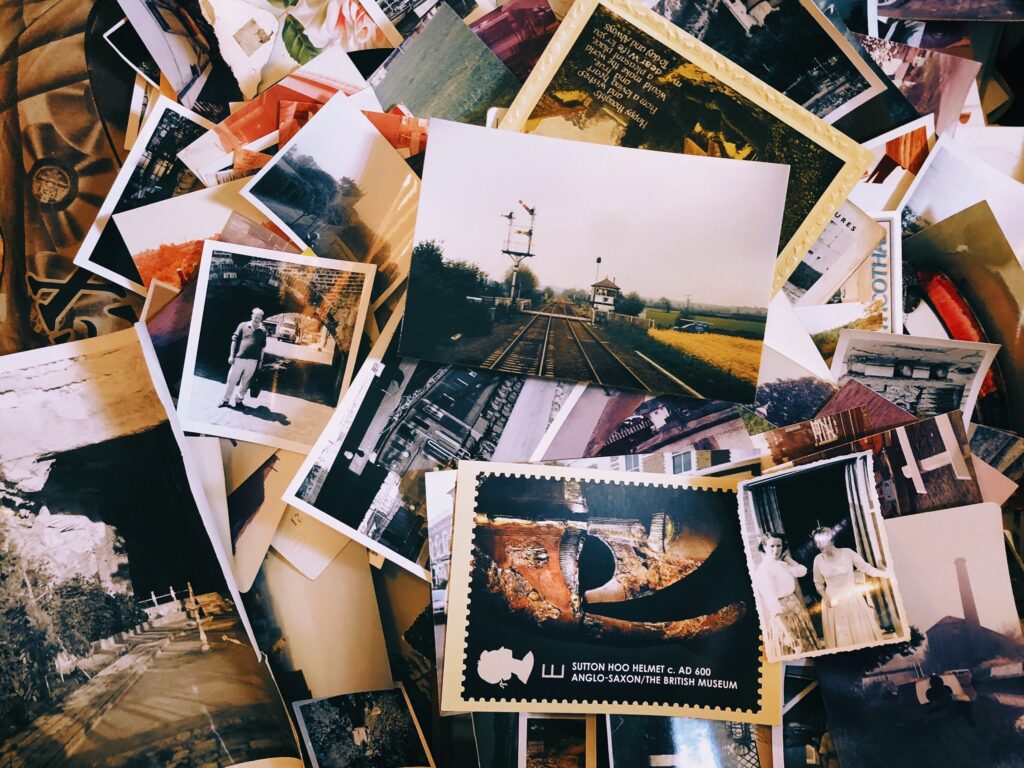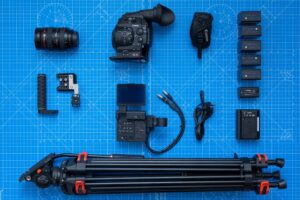

Introduction
This article will teach you the basics of photo composition, lighting, and exposure. At some point in your photography journey, you’ll likely take a photograph that doesn’t turn out as planned. You may have missed the shot by some fraction of a second or your subject may have moved too fast or too slow to make an image. Whatever the reason, there are plenty of ways to recover from such situations. In this article, I’ll explain four basic classifications of photography: macro photography, studio photography, landscape photography, and street photography…
Caveat: This article is about the basics of digital SLR cameras. If you’re looking for something more in-depth about other types of cameras, then check out our guide on how to choose a camera
Types of photographers
There are many different types of photographers. Here are some examples:
- Portrait photographer – A portrait photographer takes pictures of people and uses them to create a photo album or website. They may also do fashion shoots and portraits for magazines or newspapers.
- Wedding photographer – This type of photographer takes pictures at weddings, including the bride and groom, as well as any other important people in attendance at the wedding ceremony. Some wedding photographers specialize in events such as engagement parties or bridal showers; others may work with a specific style like black-and-white photography or candid shots during traditional photographs taken by guests after the ceremony (which would include parents).
- Landscape photographer – A landscape photographer captures beautiful scenery from all angles by using tripods, long lenses (lenses that allow you to take photos much closer than normal cameras), etc. These types often build their portfolios around scenic areas like mountainsides because they can capture so much detail without having to move around too much!
- Commercial Photographer – Commercial photographers shoot advertising campaigns for companies looking for new ways to promote themselves online through social media channels like Facebook ads etc.
Classifications of photography styles
There are a few classifications of photography that you can specialize in, including documentary, landscape, and portrait.
Documentary: This type is focused on capturing events or moments in time. It’s often used to document daily life in an unobtrusive way that allows viewers to get a sense of what it’s like to live there by seeing how things go down at home or work. The best-known example is probably Henri Cartier-Bresson’s The Decisive Moment (1949).
Landscape: With this style, you’re usually looking for something more artistic than a documentary—you want your images to flow together naturally with no artificial staging involved. For example: “The Winding Staircase” by Ansel Adams is considered one of his greatest works because he captured scenery as it looked when he took these photos during his trip through Utah’s Great Basin Desert between 1923 and 1933!
Classifications of photography shoots
- Portrait photography. You can shoot portraits of people or even animals. If you want to make money as a photographer, this is the type of photography where you’re most likely going to get hired by someone who wants their family portrait taken.
 Wedding photography. These are images that tell stories about love and relationships—the idea being that they capture memories for those who view them later on down the road (or even now).
Wedding photography. These are images that tell stories about love and relationships—the idea being that they capture memories for those who view them later on down the road (or even now).- Landscape photography refers to taking pictures of nature scenes from geographic perspectives like mountainside vistas or waterfalls; it often overlaps with nature documentary work because landscape photography also involves capturing these natural elements without interfering with them in any way whatsoever. The goal here is not necessarily making beautiful photographs but rather capturing them so that others may be able to enjoy them as well!
- Nature alone doesn’t seem like much fun when compared with other types of subjects we’ve already discussed above like wildlife photos which showcase animals living their lives free from human interference; street photographers rely upon building up a rapport before taking candid shots while remaining within eyesight distance at all times during each encounter; photojournalists use similar tactics but instead focus on telling stories through images rather than words alone.”
Camera used in photography
 DSLR (Digital SLR)
DSLR (Digital SLR)- Mirrorless
- Compact camera
- Point and shoot
- Video camera
- Action camera
Photography as a career
Photography is a broad and varied field, with many classifications of photography. Here are some examples:
- Art photography—A photographer uses his or her artistic talents to produce images that have a strong emotional impact on the viewer. The ideal subject matter for this type of photography includes landscapes, still lives, and portraits.
- Commercial photography—Photographers who work in this area are usually hired by businesses to take pictures for advertising purposes (such as billboards). They also often work for magazines or newspapers that need photos for their publications’ pages or advertisements.
- Photojournalism—This type of photojournalism involves taking images of events where there may be no idea what will happen next because they’re happening so quickly! Photographers must have an eye for detail while also keeping up with fast-paced situations like natural disasters (earthquakes) or war zones (Afghanistan).
Learn about classifications of photography for your personal and professional needs.
There are many classifications of photography, and it’s important to learn about them so you can decide which type works best for your personal and professional needs.
- Commercial photography: This type of photography is used by businesses to promote their products or services. It includes portraits, landscapes, and other images that show off the product in question.
- Fine art portraiture: This type of photography focuses on capturing a person’s unique characteristics through body language or facial expressions rather than using traditional poses or props like dresses or costumes (although these are still common). It can include both candid shots as well as posed photographs with additional makeup applied on top of natural beauty that makes an individual look more impressive than they would otherwise be without it.”
Conclusion
You’re now equipped with the knowledge to tell whether you are a good photographer. If you are, then you can begin receiving job offers from the top agencies and brands in your area. But if not, there is always room for improvement!